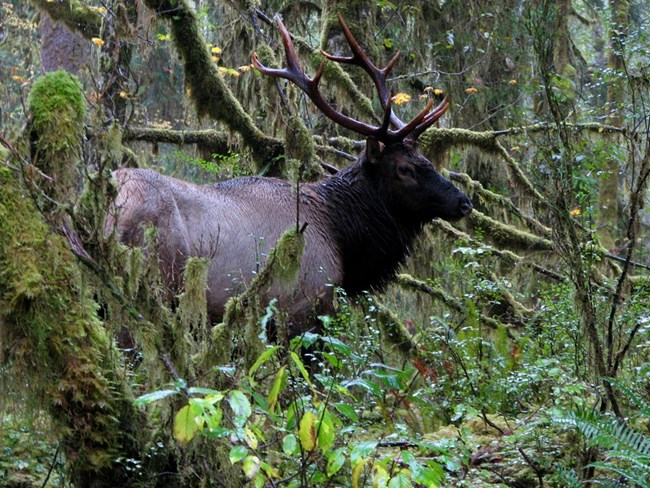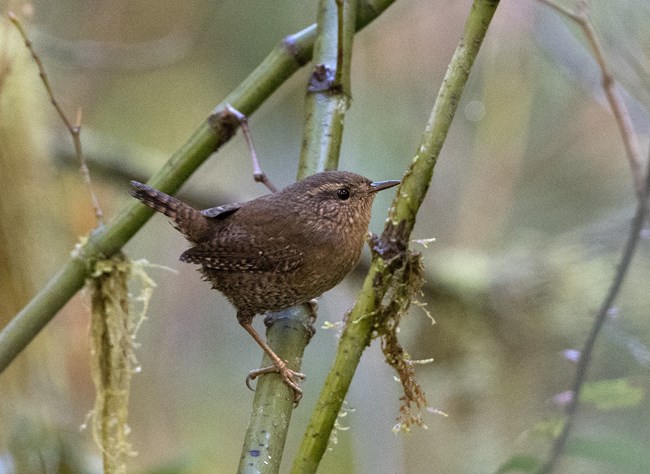
NPS photo Listening to the LandOlympic National Park has long been revered as a haven for experiencing natural quiet and the sounds of nature. From the rushing winds of the glacial peaks, to the crashing waves and seabird songs of the Pacific coastline below, to the rainfall and vibrant wildlife rustling under the Hoh’s forest canopy, the diversity of ecosystems in the park present visitors with the opportunity to encounter a sweeping range of natural sounds. Many park visitors value the peace of natural soundscapes as an important reason to visit national parks. Hearing natural sounds and natural quiet can produce a sense of awe and wonder that connect us to places and experiences outside ourselves. Take a moment to stop, listen, and immerse yourself in the distinct acoustic landscape of Olympic National Park.

Mary Campbell Natural soundscapes are important beyond a park visitor’s experience—they are a critical resource for the species that live in the park. Wildlife rely on sound for their survival, using auditory cues to communicate, hunt, mate, and lay claim to territory. In Olympic National Park, you are likely to hear these behaviors in the form of Pacific wrens exchanging complex calls, Roosevelt elk bugling in the late-summer mating season, and even humpback whales spouting or slapping the water on their migratory path along the Pacific coast. Not unlike humans, animals also use sound to calibrate their sense of place. Over the past decade, National Park scientists have set up listening stations throughout the park to learn more about both the natural and human contributions to Olympic’s unique soundscapes. Click the points on the map below to learn about some of our monitoring locations and hear the sounds captured there. Soundscape Monitoring in National ParksIn its mission to preserve and restore natural soundscapes in parks, the National Park Service collects sound recordings within parks to assess the condition of the acoustic environment. We document the frequency, intensity, and duration of different sound sources at acoustic monitoring sites and use this information to determine the impact of noise. While sound encompasses anything that can be heard, noise is any anthropogenic (human-made) sound added to the natural environment. Vehicles, aircraft, and human conversation are among the most common sources of noise in National Parks. At Olympic National Park, acoustic monitoring has been conducted to address a variety of soundscape management issues. Sound conditions have been measured to assess noise impacts from vehicle traffic, construction projects, and military and commercial overflights. In 2022, an Air Tour Management Plan was completed for Olympic National Park to establish flight paths, altitudes, operating hours, and other flight specifications for existing commercial air tours. Acoustic data informs park decisions that protect the parks’ natural and cultural resources and the visitor experience. To learn more about how the National Park Service collects and uses sound data, visit the Natural Sounds and Night Skies Division’s website or read one of the acoustic monitoring reports below.
As a park visitor, you can help protect the natural quiet by silencing your electronic devices, turning off vehicle engines or using alternative transportation like bikes when possible, and sound-proofing any generators used at developed campsites. A greater awareness of the acoustic environment and the footprint we leave on it not only helps to preserve the soundscape—it enhances our experience and appreciation of it. |
Last updated: December 14, 2023
